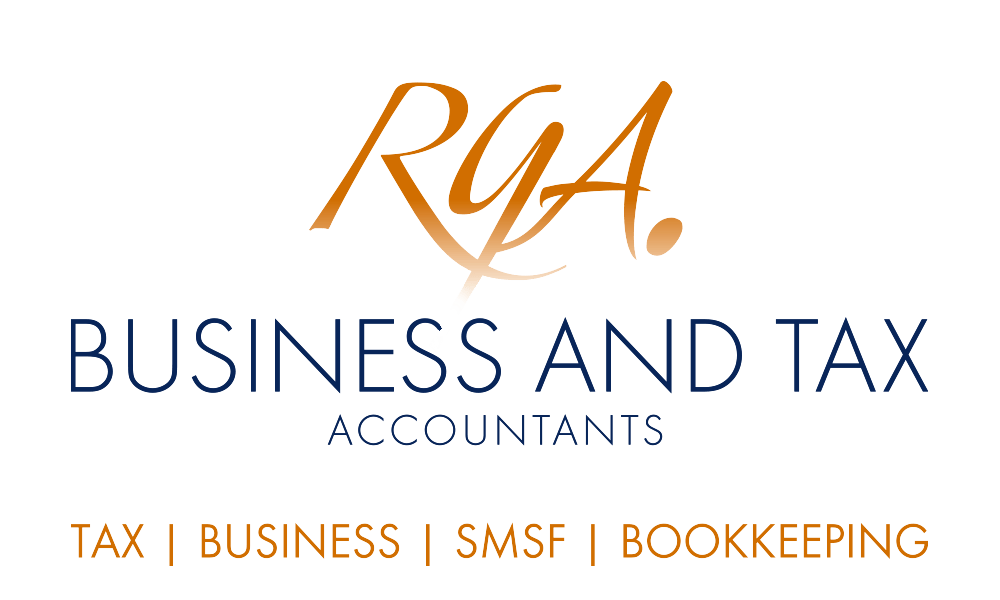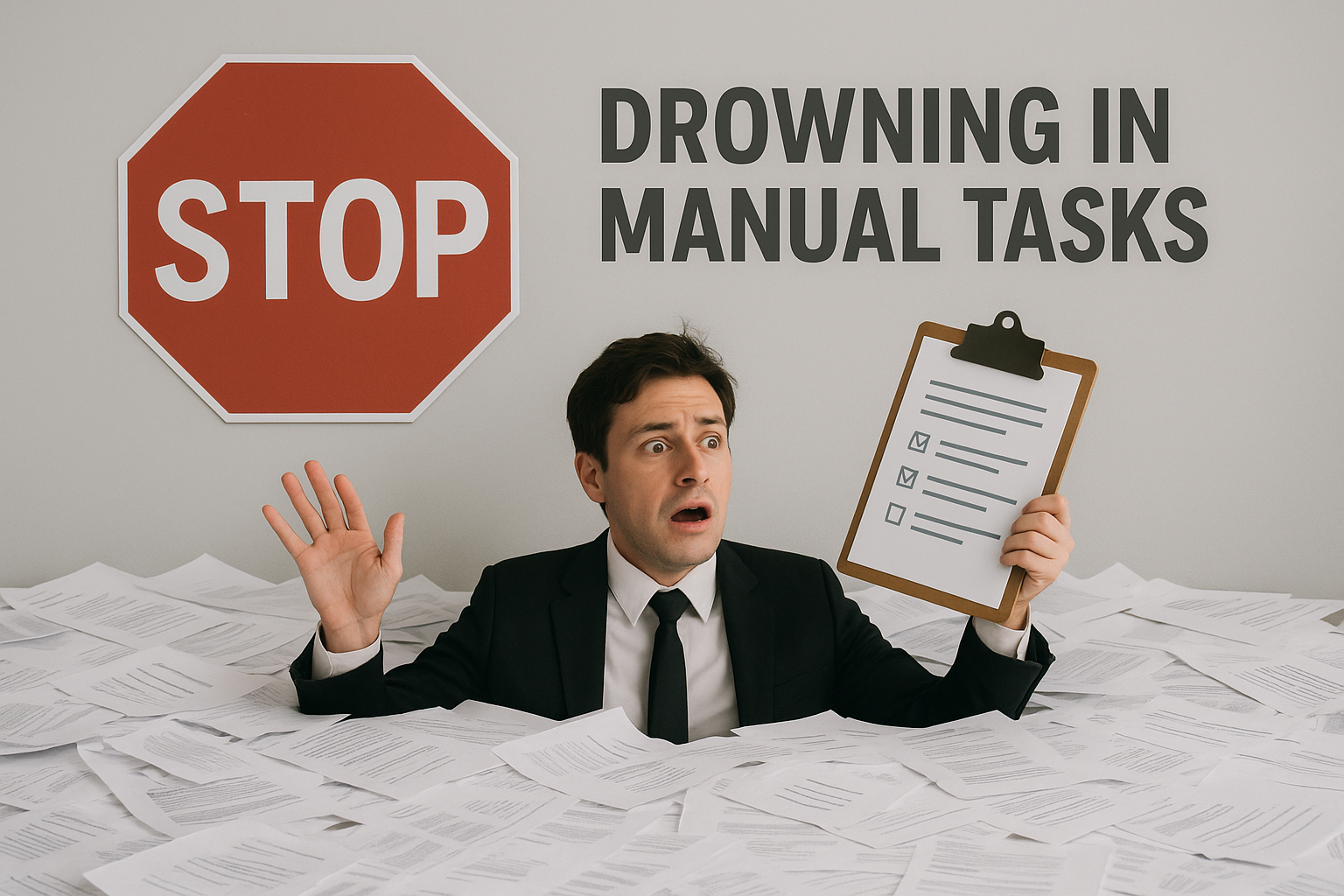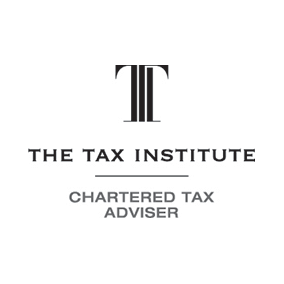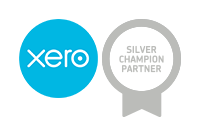ATO Small Business Super Clearing House

If you're a small business with an annual turnover of less than $10m and have 19 or less employees, you can take advantage of the free small business super clearing house (SBSCH) to take the complexity out of making super guarantee (SG) contributions for your employees. Using this facility, your business can pay SG contributions as a single electronic payment. Payments can be made via BPAY, EFT/direct credit, or credit card (through EasyPay). Note however, if you're using a credit card account to make super payments, your financial institution may charge a fee.
The SBSCH will then distribute the payments to the employees' super funds for you. The good thing about the service is that your SG obligations are met as soon as your payment and instructions are accepted by the clearing house, meaning more certainty for your business. The service is also SuperStream compliant which ensures that money and data are sent electronically in a standard format without any additional effort on your part. Other advantages of the service include a set and forget feature where your business can nominate a regular contribution amount for permanent employees, as well as having access to your transaction history for record keeping purposes.
To access the SBSCH, you can either use the Business Portal, if your business has an ABN, or ATO online services via myGov if you are a sole trader with an ABN or withholding payer number (WPN) but do not have a Business Portal account. If you're registering through ATO online services through myGov, ensure that you're registering using your business ABN or WPN and not your own personal details. Registration requires details about your business and employees. An employee is classified as any individual employed on a full-time, part-time or casual basis. If you're using the SBSCH to make payments to an employee's SMSF you will be required to obtain and submit the correct electronic service address, ABN and bank account details in order for payments to be processed. In instances where an employee does not provide the choice of fund information before the SG payment due date, you must make the payment into your default fund.
According to the ATO, using this service, payments may take up to seven business days to be transferred through including time for the super fund to process it into the employee's account. If you choose to use this service, once a payment is made, a payment reference number will be provided. From there, your business will be able to claim a tax deduction for payment made (payments are considered to be received in the income year that the super fund receives the payment). To ensure smooth payment acceptance, the ATO recommends that you check the accuracy and currency of the unique superannuation identifier (USI), ABN, bank account, electronic service address (especially for SMSFs), super fund member account number, fund name and EFT code. The ATO will contact businesses that have payments returned due to errors or incorrect information and seek corrections within seven business days.
Would you like to use the clearing house?
If you would like to simplify your SG payments and use the SBSCH, we can help. Registered tax agents are able to access this service through online services for agents which will save you time and effort to register. However, if you've already registered your business, we can help you setup up the quarterly payment slips in the future to ensure you get SG right. Email us at RGA Business and Tax Accountants at reception@rgaaccounting.com.au . Brought to you by RGA Business and Tax Accountants.
